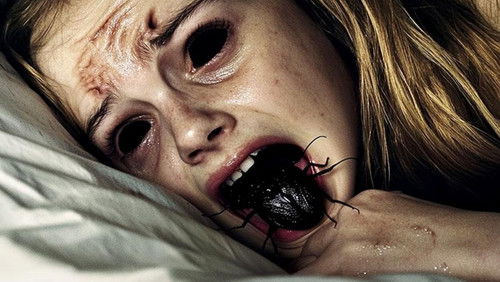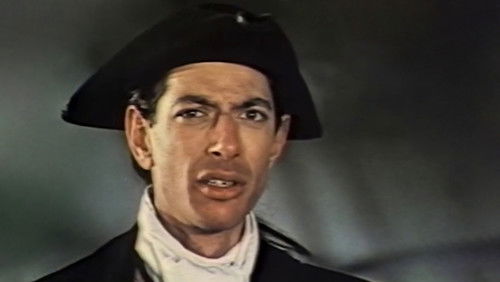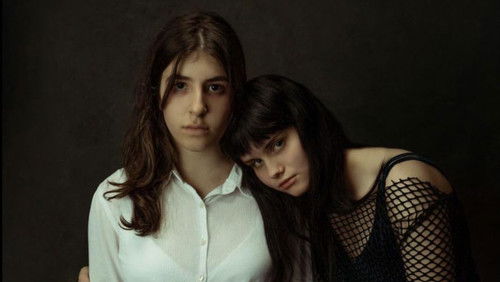Morgiana (1972)
48KMorgiana: Directed by Juraj Herz. With Iva Janzurová, Josef Abrhám, Nina Divísková, Petr Cepek. Klara and Viktoria are sisters. Their father dies, leaving most of his property to Klara. When Klara becomes involved with a man that her sister loves, Viktoria begins to plot her murder.
“Donu0026#39;t watch this for the story. As other films by this maker, it starts well enough, twin sisters, one of them wicked, the other is pure, have inherited a fortune from their dead father, but the wicked sister is envious of the other and plots her murder. Slow-burn poison. But sheu0026#39;s uncertain whether it works or not. u003cbr/u003eu003cbr/u003eIt is tantalizing for a while. You have poison-induced hallucinations in the u0026#39;goodu0026#39; sister, mirrored in paranoid tension in the u0026#39;badu0026#39; sister— testing the poison, she has fed it to her maidu0026#39;s dog, but her own cat may have eaten some, and her maidu0026#39;s child. Eaten inside by doubt (both are), all she can do is wait.u003cbr/u003eu003cbr/u003eSo you are prepared to conflate parallel layers, ready for rich overlap. The two sisters are played by the same actress.u003cbr/u003eu003cbr/u003eBut it doesnu0026#39;t take inside.u003cbr/u003eu003cbr/u003eIt doesnu0026#39;t abstract. It is, to the end, about whatu0026#39;s going to happen with the story. Which is too bad, because the camera, the way we see, is already abstract. Having seen now a few films by this guy, Herz, Iu0026#39;m convinced he was visually the most ambitious of the Czech filmmakers— there are hallucinative swirls here, distortion of space, dynamic prowling. The Gothic mood may recall Bava, but the camera is on a whole other level, much more cinematic. u003cbr/u003eu003cbr/u003eThere is some pretty amazing stuff here. Not the overt hallucinations, but some of the peripheral blurring, like the swirling shots as the carriage filled with soldiers eager for sex is dashing through the u0026#39;red- lightu0026#39; district. The whole film, rooted in the delirious sisters, is about such bending of vision.u003cbr/u003eu003cbr/u003eItu0026#39;s as simple as this, however. Truly great films, those with the power to change you, arenu0026#39;t about the story. The story is there, the images with some logic behind them, but that is so we have something u0026#39;realu0026#39; to bend as we reach for the more expansive causality of how images and logic come into being, which is not a logical process but structured chaos. Even Jess Franco can work when logic is sufficiently bent.u003cbr/u003eu003cbr/u003eIf you watch this to the end, the last scene features some truly mind-bending causality, it can be taking place in reality, maybe not, itu0026#39;s puzzling that it happens. Is it feigned insanity? Is it structured chaos as film noir fate? For a moment, youu0026#39;re airborne, hovering as you try to make sense. And in the next scene we have the clean explication, suddenly deflating you back to what its all about. I read that the filmmaker was working under heavy constraints, this may explain the blunder.u003cbr/u003eu003cbr/u003eSo we have whirls and eddies in the camera, but no whirls in logic to get gravity pull.”









